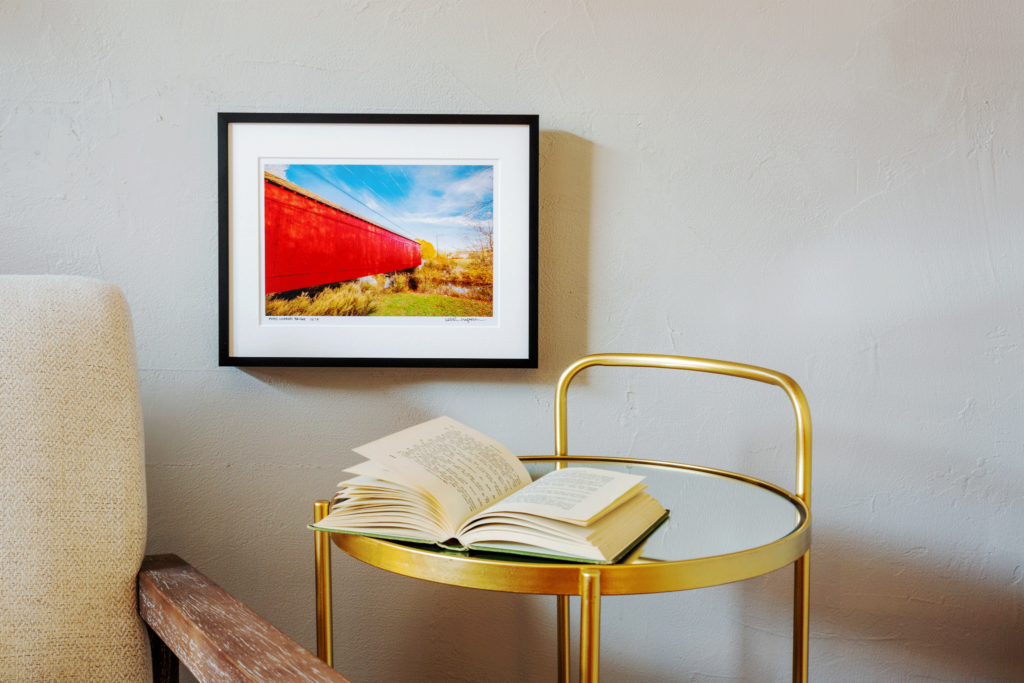Curiosity is the strong desire to explore, investigate or learn something new. We don’t always *need* the knowledge curiosity cultivates, but it fuels our insatiable appetite to understand the world.

Imagery that draws on curiosity disrupts the status quo and instills buyers with a sense of hope for a new experience or offers a glimpse into a new reality. Curiosity incentivizes our never-ending pursuit for better solutions to our problems or hints at easier ways of doing things.
We’re bombarded with visual information on a daily basis and a curious image will naturally set itself apart.
I’m not suggesting an image be created as “clickbait”, because the true mark of success is enduring loyalty. Brands that authentically communicate value with curiosity create long-lasting connections by positioning themselves as wells of opportunity.
A curious image will capture your buyer’s attention and stimulate them to take the action required to answer these three questions:
- What is this about?
- What’s in it for me?
- Is it worth my time?
Here are three effective techniques you can use when shooting to create curiosity in your images:
- Keep it simple: Don’t make your buyer work hard to understand what’s happening in your image; use product and props sparingly.
- Add tension: Open the question loop using the placement of your products and props. Negative (empty) space is a powerful tool here.
- Make it mysterious: Use moody lighting to create atmosphere – add contrast and shadows.
Let’s break down how I put these techniques into play in my image of one of the framed covered bridge prints I sell:
- Simplicity: I chose to use a simple, clean environment with very few props: the print hangs on a solid gray wall and there’s a simple arm chair next to a simple mirrored side table with a book on it.
- Tension: I positioned the physical items to the left of the camera frame and created negative space on the right. I cut part of the chair off and opened the book to make it look as if someone had just been reading it, put it down, and got up from the chair.
- Mystery: I placed a light to the left of the setup to create contrast between the dark and the light areas and to cast shadows to the right of the print and in the negative space.
Visually, the arm of the chair draws my eye in (curiosity factor #1) and leads it to the red covered bridge. I follow the roofline of the covered bridge into the distance (curiosity factor #2) and then continue the journey into the handle on the side table, down to the book (curiosity factor #3) and back around again.
Once I’ve engaged my buyer visually, I’ve created space for emotion.
This vignette stirs emotions of the past, present, and future simultaneously for my buyer:
- What’s this about: My buyer is curious about the covered bridge print, because they have a personal connection to a covered bridge.
- What’s in it for me: The covered bridge reminds my buyer of an experience or a person, or both, and my buyer wants to feel all those feels again.
- Is it worth my time: My buyer asks themselves if they can see themselves in this scene and if feeling those feels again is worth the time to order, wait for and hang the print on the wall.
If you’re struggling to find an curious angle, brainstorm ways that your product presents a solution to a problem or a new opportunity for your buyer. Brands that are adept at creating curious imagery that stirs emotions are those that see consistent sales month to month.
—
Natalie Napoleon is a photography educator and career pivot mentor for creatives.
Take My Hands-on Masterclass – Photograph Your Products Like a Boss.
Read my monthly column Shoot Your Shot in the Bucks County Herald.
Comments +